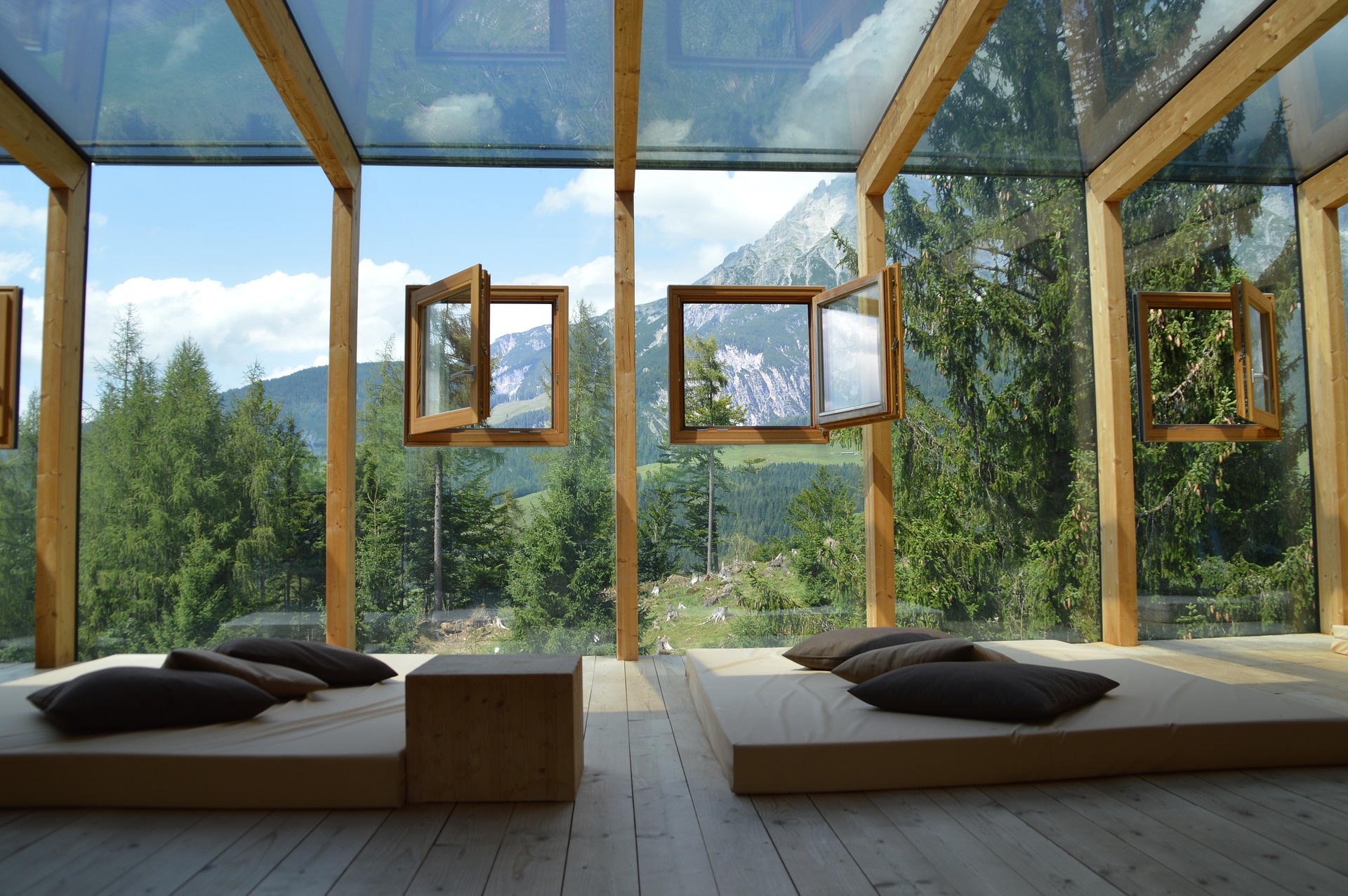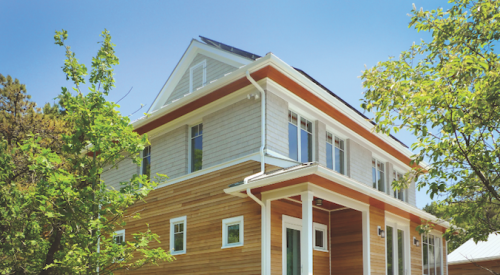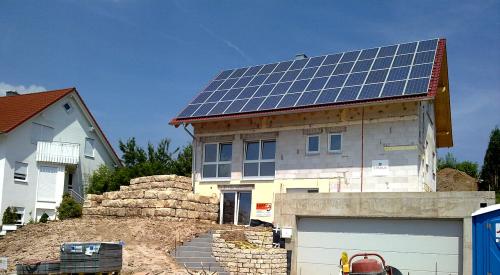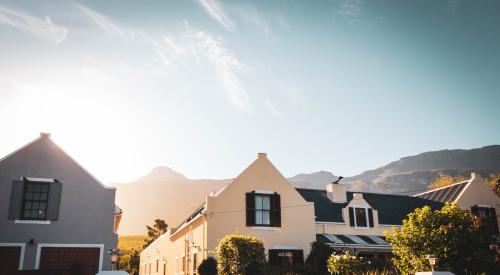A passive house uses 86 percent less energy for heating and 46 percent less for cooling than other code-compliant buildings in the same climate, per the International Passive House Association's minimum requirements.
Passive houses are built airtight with strong exterior insulation and triple-pane windows to reduce or eliminate the need for heating and cooling in the winter and summer months, respectively. Realtor.com reports that many passive house architects and builders are exceeding the requirements for certification by using nontoxic and sustainably sourced materials and eco-friendly building practices. "While we're building this very healthy, high-performance envelope, why would you bring in your water through plastic pipes?" Pure House designer and founder Douglas McDonald asked. "We try to build without harmful ingredients."
Passive homes are popular in Europe, especially Germany, where energy is expensive. And while passive houses are still rare in the U.S., rising energy costs could change that. “The first passive houses were built in North America in the '70s, when energy prices were extremely high, but then oil prices dropped and some people lost interest,” says Michael Knezovich, spokesperson for the Passive House Institute U.S. "It's only been over the past decade or so that passive houses have taken off here.”













